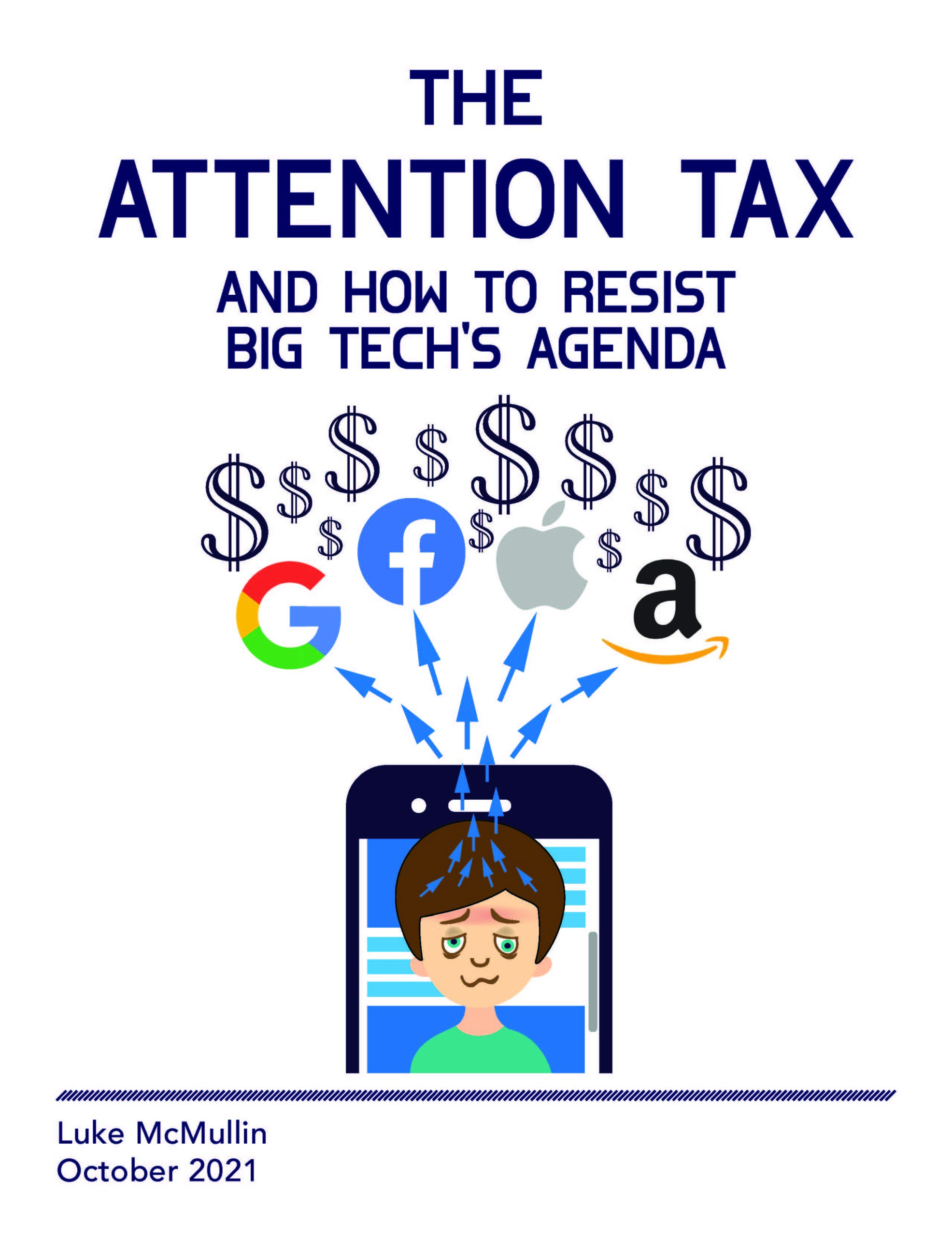
About 15 years ago, the band Bowling For Soup released their viral hit song called “High School Never Ends,” which aims to criticize society’s obsession with petty issues that seem to resonate high school culture. The music video even goes as far as to parody high school itself. As obnoxious as the song and music video may seem for 2006, with the relatively recent rise of social media influence (many apps we use are newer than the song itself by the way), some might argue that the song’s message aged very well.
First off, let’s point out what the main goals and functions of modern social media are. It may be obvious that these platforms were at least originally created to help the world become more connected. They are designed to be fun, interactive, and an easy way to share creativity, opinions, and new ideas. But, there is an important incentive that tech companies don’t want to share explicitly, but is becoming more obvious as social media ages: social media has been designed to keep us hooked and wanting more, as they thrive off of our social cliques and drama.
On social media, age matters a lot less, especially on platforms that allow for anonymity such as Twitter, Instagram, Reddit, and Tiktok. The communities that you follow may be people from all different age groups that happen to share those common interests. You could be in a shallow discussion or debate with either a 12-year-old or a 42-year-old for all you know; and the discussion could be something as complex as politics or as stupid as which band makes better music. That troll that sent a death threat to your friend could have been a grown adult—a mentally ill one at that—who is hiding behind the safety of anonymity.
In this article for The Atlantic, the authors Haidt and Rose-Stockwell sum up social media quite interestingly: “Human beings are evolved to gossip, preen, manipulate, and ostracize. We are easily lured into this new gladiatorial circus.” But what do they mean by this exactly? To dissect, the authors point out that social media actively encourages public performances, be it some emotional or moral outrage posts, due to the human psychology of shock value, the urge to cure boredom, or the desire to attract attention. In fact, they say that posts expressing “indignant disagreement” receive nearly twice as much engagements as those of more nuanced discussions.
Another important quote I’d like to mention from Haidt and Rose-Stockwell goes: “If you constantly express anger in your private conversations, your friends will likely find you tiresome, but when there’s an audience, the payoffs are different—outrage can boost your status.” By this statement, due to the public nature of social media, they are implying that it comes as a benefit for you to post something of outrage, hubris, shock value, or virtue. By doing so, your likes, retweets, shares and/or reblogs go up. And consequently, your chances of being accepted into an online social circle skyrocket. This may sound like a popularity contest, and awfully similar to high school, doesn’t it?
Additionally, social media aims to confine all of us to the present moment. What goes viral yesterday can be easily forgotten about tomorrow. Clive Thompson discusses this phenomenon in his article, explaining what in his view is a fundamentally flawed design: reverse chronological order. By forcing the newest content onto the user in this way, whether they like it or not, the user has no choice but to keep up-to-date with the latest news, trends, and viral discussions. Want to know what the media landscape was like just a week ago? Too bad. You are forced to hop on board with the latest buzz—or else be seen as an outcast.
And finally, this may come as a shocker (not really): social media is a cesspool of misinformation. Legacy media often talks about “fake news,” but if one really thinks about it, fake news is not too far away from typical high school gossip.
As to not get too ahead of myself, I want to clarify that this is not meant to be some manifesto for why social media is fundamentally bad and how we need to “save” the next generations from it. In fact, as Haidt and Rose-Stockwell also point out, social media has provided tremendous social benefits, such as giving voices to otherwise marginalized communities and greatly amplifying social justice causes such as Black Lives Matter. There are also numerous positive communities that give people a sense of relief and escape, especially if their real life is difficult. Even a simple cat video doesn’t fail to put a smile on anyone’s face.
So, perhaps it is not social media that is the inherent problem, but rather it is the way these platforms are designed. As discussed, in more ways than not, the design of popular social media indeed feels like the high school lunch room—and perhaps this needs to change.







